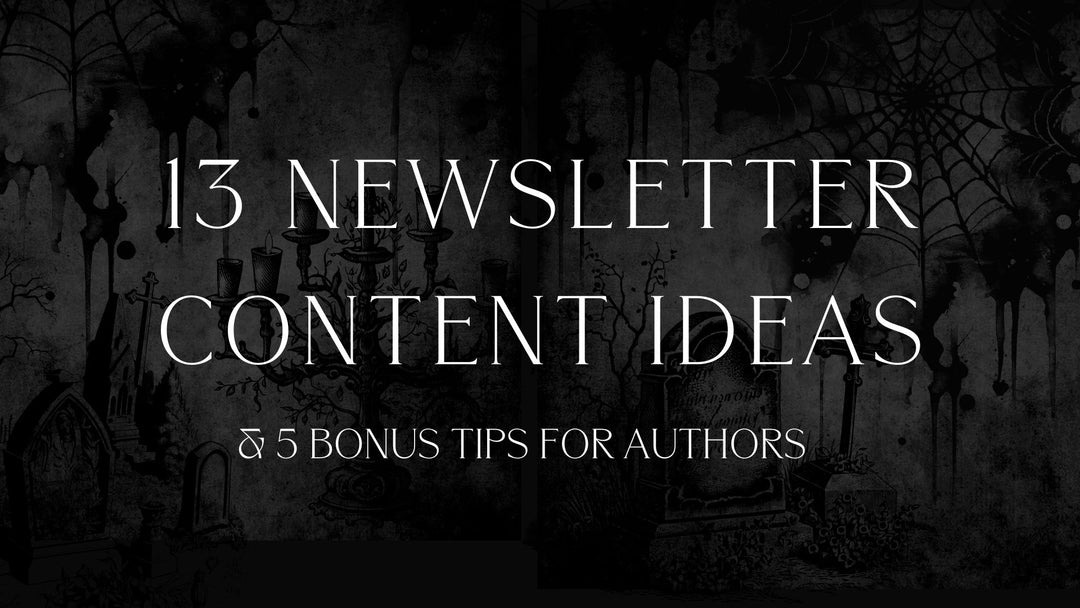My Personal Approach to Self-Publishing WIDE
After my last post about going wide with your print editions, I had some questions about how I go wide for myself. So this post is going to walk through my strategy for wide, and a brief little bit about my thoughts so far and things I wish I did differently.
Not sure what Going Wide even means? Start here with this post, which breaks down KDP Select and Wide.
GOING WIDE: EBOOKS
For my eBooks, I am a complicated girly. So let’s just get right into it, and then I’ll tell you your options for being less complicated.
I publish my eBooks direct to:
I then use the aggregator/distributor Draft2Digital to reach everywhere else.
Kobo allows you to reach Overdrive, and you get slightly higher royalties by going through Kobo than by going through D2D. When you’re setting up D2D, remember to uncheck distribution from the stores you are uploading directly to!
For the simplified version, you can reach every eBook store except Google Play by uploading to Draft2Digital.
So in theory, if you’re not wanting to deal with uploading and updating to multiple places when going wide, you can just upload to D2D, leave everywhere checked, and then upload to Google Play and call it done!
Most people you’ll talk to about going wide will recommend at least going direct to KDP and Kobo as well though.
I personally don’t go direct to Apple Books. It’s a little finnicky, they ask some weird invasive questions, and if you get to them through D2D, you get access to exclusive promos that Apple doesn’t give to those direct with them. But, it’s up to you!
I also sell my eBooks directly on my Shopify store via BookFunnel.
GOING WIDE: PRINT
For my print books, I take the easiest (and most annoying) approach. I sell my print books exclusively via IngramSpark, and through my website. Is that the best approach? Probably not. But it’s my approach to going wide with my print, and it’s because I am not a patient person.
It’s a PITA when it comes to IngramSpark and Amazon playing nice together, and I tried on my first book to get them to work together and use the same ISBN for my paperbacks so I could do direct to KDP and Ingram, and it was grumpy, so I haven’t tried again.
Will I in the future? Probably. But it’s not a priority.
I also do the option for case laminate AND a dust jacket for my hardcover, which is an option that KDP doesn’t offer. So my hardbacks will now and forever (unless KDP suddenly becomes cool) only through IngramSpark.
I want to reiterate something from my print post, but I know that there’s a lot of negative connotations around IngramSpark. Some of them are fair, but some of them aren’t. I’ve had my complaints about them, mostly how they don’t play nicely with Amazon (though that’s more Amazon than Ingram), but all in all, they are very helpful, if not a little greedy, and they’re truly the leader in the POD industry, however unfortunate that may be.
If you want to explore other options for going wide with print, please feel free. I explore some of them in this post. But whatever you chose, make sure it’s sustainable for you.
I’d much rather just tell people to go buy the print books from somewhere else than go through the absolute headache of dealing with Amazon and Ingram’s relationship issues. They really do need a marriage counselor.
Anyways, I sell print direct by ordering author copies from Ingram and keeping them in a closet. There’s also other ways to do this that don’t involve keeping stock, and I’ll go through those in a later post about selling direct.
If you want to ask more specific questions about my strategy for going wide, drop a comment!





Leave a comment